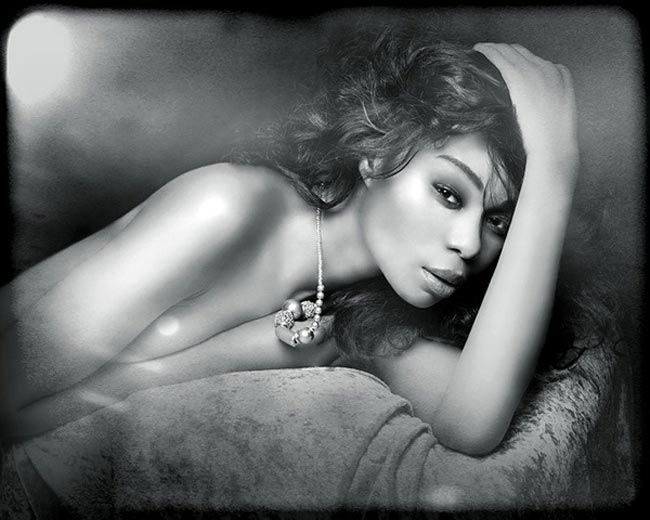
Juul de Vries is no ordinary photographer. He takes the art of photographing female models to a whole new level. The connection and trust between his subjects and himself, as the photographer, is evident and the resulting photos will stand the test of time. His images depict many layers of emotion through visual impact, from pouty to fun loving, from innocent to seductive… As Juul states so eloquently, they are a “feast of recognition”.
Let’s find out what brought Juul to finding and maintaining his life’s work.
MM (interviewer) and JdV (Juul)
MM: The obvious first question – why do you call yourself a Hybrid Photographer?
JdV: I merge old and new technology. That means that I produce analog images and from the scan of the negative onwards, I digitally create the final photo.
MM: What first drew your interest to photography?
JdV: When I was a little boy my father had a black Agfa box camera in a brown leather bag. IT WAS A MAGIC BOX! He was always taking pictures of his family with this box – a gadget that worked with a roll of film. When the roll was full, he would go to the local photography studio to have it developed and within a few days he would pick up the printed pictures and negative film. Taking pictures seemed intriguing and at the same time it was difficult to understand how you could achieve realistic images with this roll of film. You had to look through the viewer, pick a frame and press a button. Then the pic was captured inside the machine. My need for that gadget grew to the point that my father had little access to it, because I was always using his “magic box”.
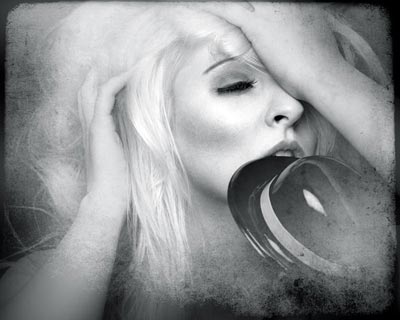
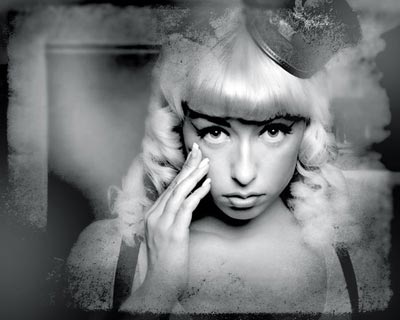
MM: At what point did you move from the “magic box” to knowing this would be your profession and what educational avenues were taken to achieve that?
JdV:I did side jobs as a schoolboy and by the time I was able to buy a more expensive camera with more possibilities, I was pretty well hooked. Not long after, I obtained a Nikon and a bunch of lenses and there was no holding me! Incidentally I am self-taught.
MM: Of all the various photography genres, what led you to model photography? Was there someone or something that was your source of inspiration?
JdV: Photographing models is a way of making personal contact. What I noticed immediately was that women were better at expressing emotions than men, which makes working with female models truly inspiring.
MM: Who or what inspires you today?
JdV: Recently I’ve been following the work of Marc Lagrange from Belgium, Eric Kellerman, a Brit living in the Netherlands, and Dutchman Jef Poldervaart. I also look at (high) fashion photography. It’s interesting to see how fellow-photographers use the camera and who they choose as their models.
MM: How many models do you need for a project and why did you choose them?
JdV: Presently I work with several models, but the number will continue to increase. The fact is that there are many alternative and extrovert models. For these photo sessions, the models need to have a healthy dose of acting ability in order to achieve my desired look.
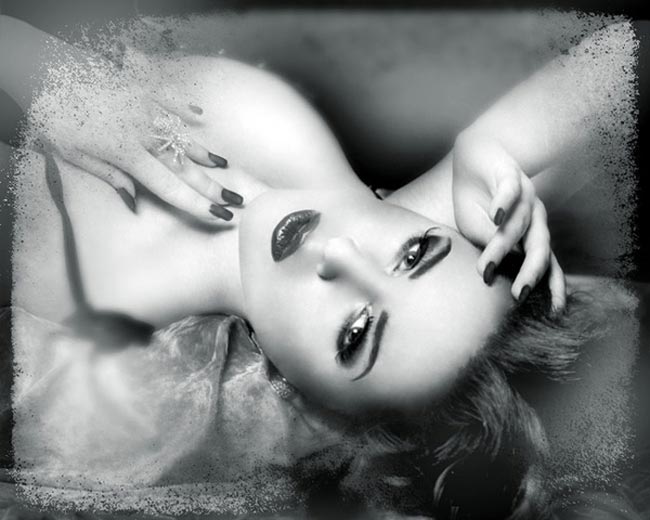
MM: How many support crew members does it take to create your images and what roles do they play in the photo sessions?
JdV: In many cases I work with a make-up artist/hair stylist, one or more models and a stylist. Each one brings their own expertise to bear on the project. This form of collaboration runs smoothly, and I can just get on with concentrating on the photographic side of the photography session.
MM: What do like the most about your career as a model photographer?
JdV: I find the execution of my personal work stimulating. I’m actually astonished by the process, which includes coaching the models in order to achieve the best possible results. Every photo session is a valuable personal encounter. I set myself the goal of giving the model the freedom to “get out of her skin”, as it were, to let herself go, to discover her natural expressions.
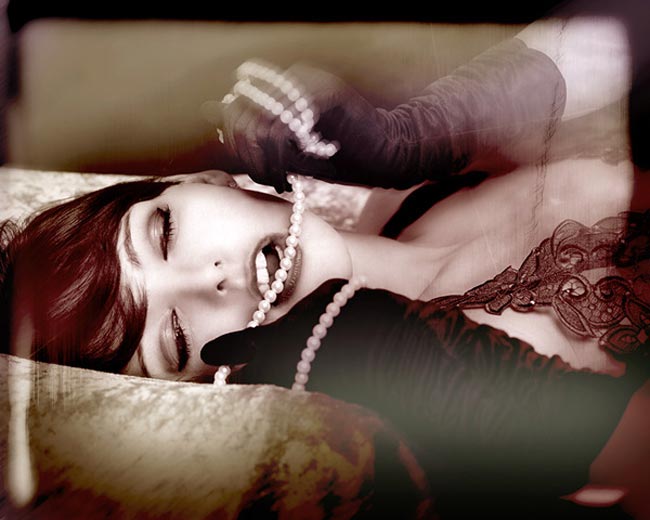
MM: What do you like the least?
JdV: Female model photography and narcissism are brother and sister – they belong together. A beautiful model is proud of her body, is proud of herself and she likes to show that to others. Model photography deals with self-expression – living your freedom and sexuality. In order to achieve a desired look, I delve into my model’s emotions. If a jealous boyfriend “tags” along and views me as a rival, embarrasing situations may arise. There are few men who can positively handle the photographic attention given to their model girlfriends, so it is always best if they are not present.
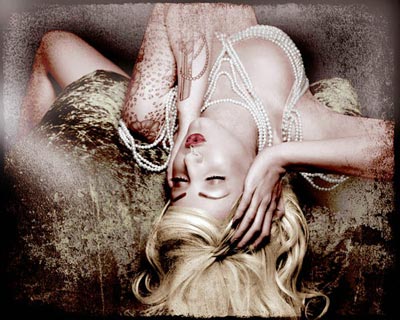
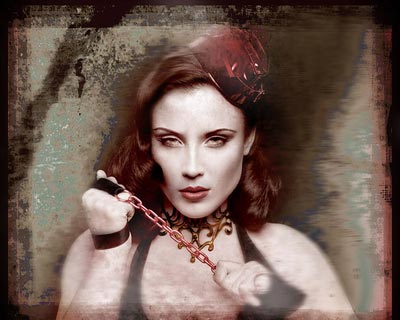
MM: Do you prefer being creative in a studio or outside?
JdV: Indoor sessions are ideal for many reasons. There is a higher level of communication, making everything run smoothly. It’s easier to create the atmosphere I envision. When it is freezing cold and snowing outside, you and your models are comfortably installed indoor. And, I’m not competing with audio and visual distractions outside.
MM: Why do you create analog images?
JdV: Kodak produces TMAX 100-120, a black and white medium format film which asks for custom TMax development. My method produces soft negatives with a fine grain structure which gives skin a nice plasticity.
MM: How do you edit the analog pics?
JdV: After scanning the negative, I finish it up digitally. In fact I cycle between the analog and digital world. Coloring black and white files using Adobe Photoshop CS6 is a time-consuming task because each color is on a separate layer. Through this process, I determine how the photographic color scheme will look, sometimes contrasting, sometimes tone-on-tone. It all depends on the mood I want to create.
MM: When are you satisfied with a picture and when not?
JdV: A photographic image has to match my own set of criteria. It must contain visual appeal. It has to trigger the viewer’s imagination and has to be technically perfect. Those three factors define the content and qualitative characteristics of an image.
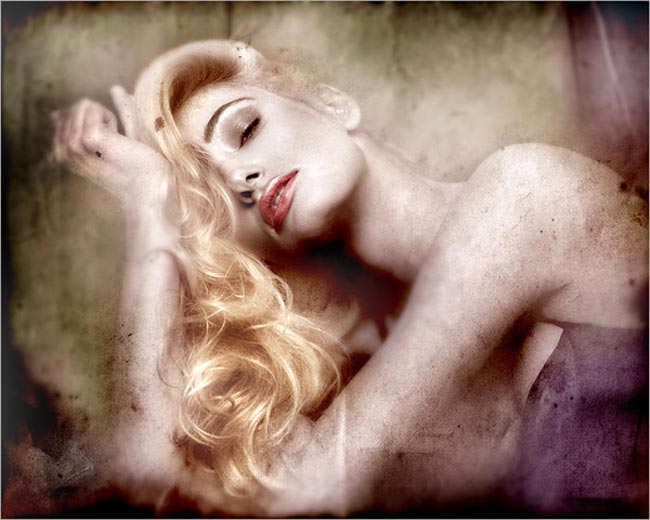
MM: What makes a picture good, in your opinion?
JdV: The assessment of pictures is and will always be a subjective process, depending on who is viewing them. One’s emotions, thoughts and ways of handling different situations might differ from one day to the next. All these factors influence the assessment of a picture. With me, if I get excited by a picture, the chances are greater that I will look at it for an extended period of time and come back to look at it again and again. For me, that make for a great picture!
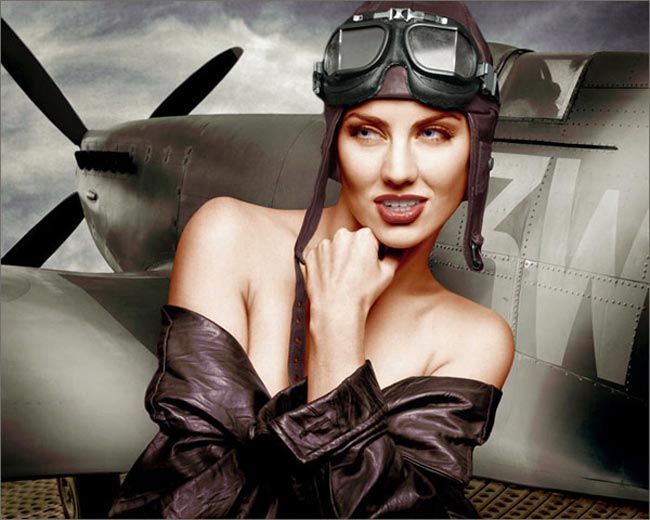
MM: Do you consider yourself to be a great photographer?
JdV: In our Calvinistic Holland, there is little room for self-glorification. Nevertheless, I am bold enough to say that my solo shows, my participation in group exhibitions, and my hundred-plus lectures on photography have gone down well. Top that off with the results of my thematic approach and the many enthusiastic responses to pictures I have on my personal website, Model Mayhem, and Facebook make me feel like I am doing just fine.
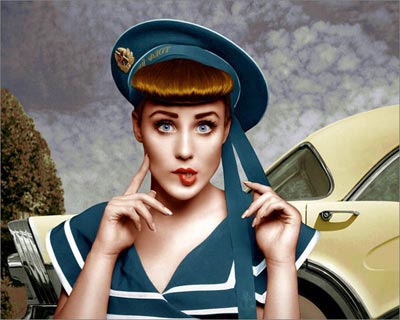
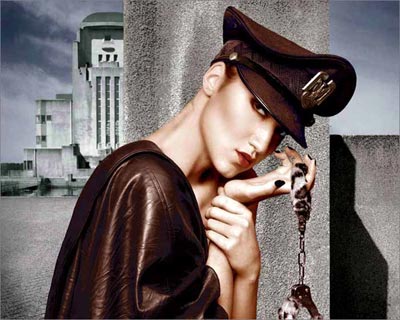
MM: Does your work entail working for clients or for yourself?
JdV: I am fortunate in that I do not have to rely financially on outside work. But when a fun job comes my way, I will certainly not by-pass the opportunity. I am blessed with the ability to freely express my creativity with no restraints from clients.
MM: For those starting in the field of model photography, what words of wisdom can you share with them?
JdV: Guts, good communicative skills, a positive attitude, empathy and a mild form of infatuation with the model are important. During the sessions, the photographer should ensure that his instructions turn the person in front of the camera inside out, figuratively speaking, so as to reveal her inner beauty. It’s obvious that the more you do this, the more experienced you become and the better the results will be.
MM: Do you wish to continue to utilize your creative talents for the remainder of your life?
JdV: Photography is my passion. Helmut Newton was in his eighties when he stopped making images. That was not due to him having lost interest, but his fatal car crash. My intentions are to continue for as long as I am physically and mentally able.
MM: What would you like your legacy to be?
JdV: I would like to be remembered as a passionate photographer who placed his female models on a podium. Or as someone who portrayed women as emotive, angelic and devilish creatures. Yes, a combination of angelic and devilish!
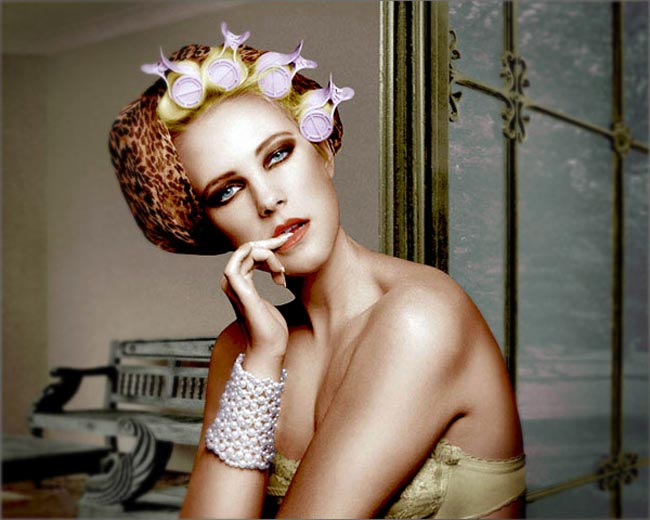
Thank you Juul for sharing your insight, your perspective and your incredible images with our Apogee Photo Magazine readers.
by Marla Meier
All photos: © 2013 Juul de Vries. All rights reserved.

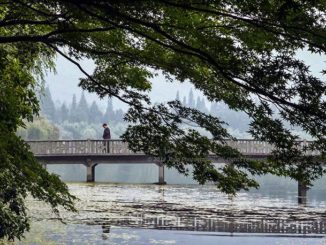
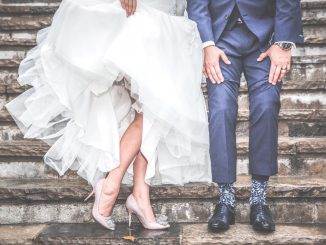
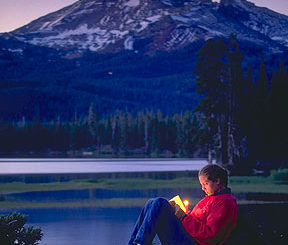
Leave a Reply